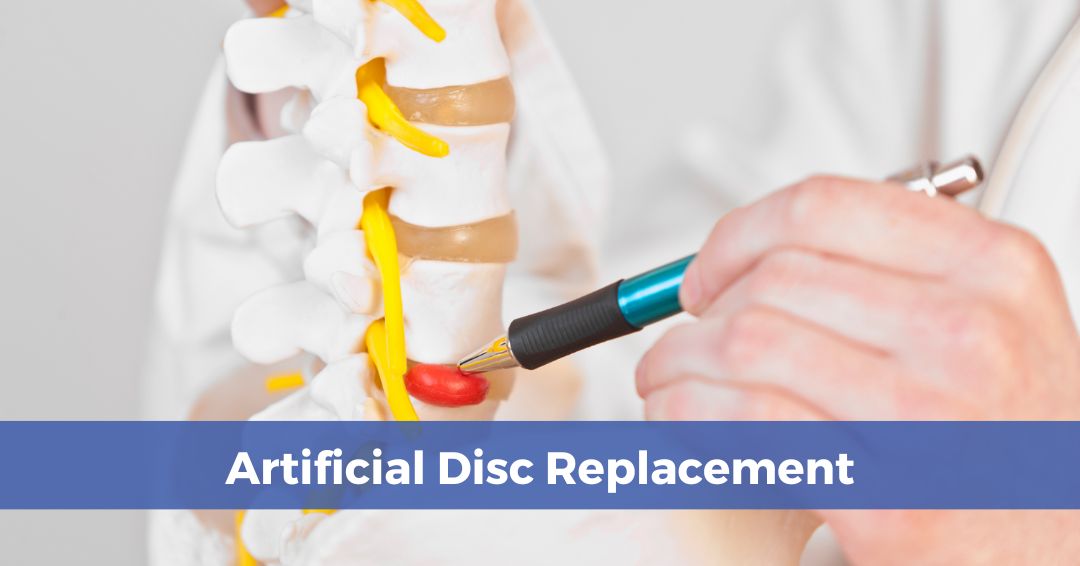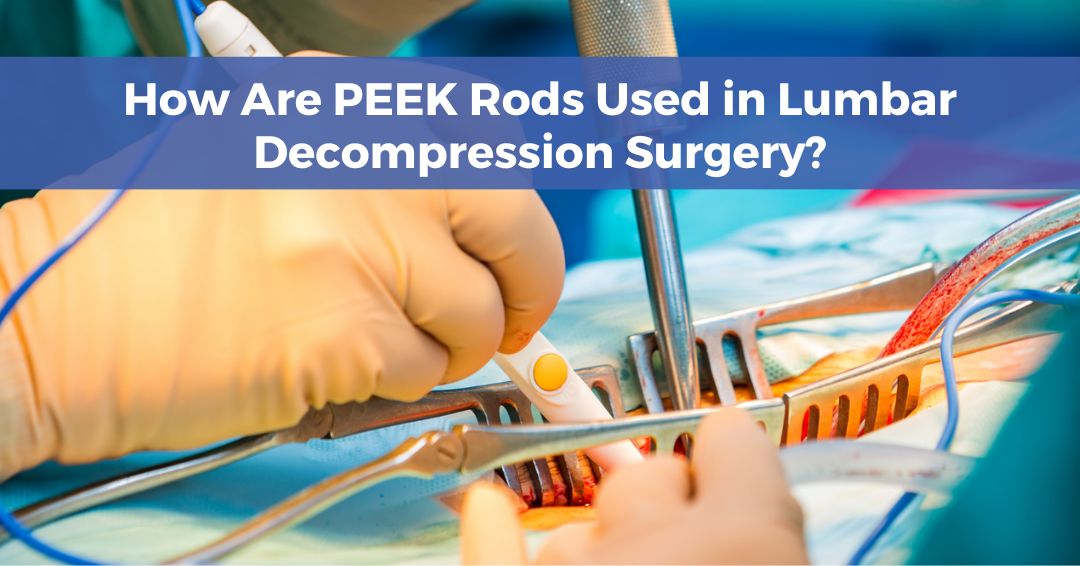PEEK interbody devices have been in use for well over a decade and are integral to several spinal fusion procedures. This includes anterior cervical discectomy and fusion (ACDF), anterior lumbar interbody fusion (ALIF) and oblique lateral interbody fusion (OLIF). In all cases, pairing a PEEK cage with a bone allograft produces better results than using iliac autograft, and there is plenty of research to back this conclusion.
Though spinal fusion was once a rare procedure, as the risks were considered too great for most patients, advanced spinal implants like PEEK cages have improved the procedure’s outcomes. One study, published in International Orthopaedics, reported the outcomes of patients that received a PEEK implant with a cancellous autograft. The study found that in 100 percent of patients, fusion was achieved, and that in 74 percent of cases, the procedure resulted in a good or excellent outcome.
How does PEEK improve an interbody procedure?
Without PEEK, allografts are prone to resorption, which can threaten the procedure’s efficacy. With PEEK, though, resorption is less of a concern, and the osseointegration process is easier to control.
Another important advantage PEEK offers is foraminal height maintenance. According to the International Orthopaedics study, the use of a PEEK cage increased disc height following surgery, from 5 millimeters on average to 7.3 millimeters. Once the implant settled, the average final disc height was 6.2 millimeters, which is still a significant jump over the original number. PEEK’s resilience and compressive strength factor into this, and ensure the implant site is stable and set up for optimal healing.
Who could benefit from a PEEK interbody device?
There are several conditions that spinal fusion is indicated for, including:
- Degenerative disc disease – Occurs when the space between vertebrae shrinks, causing too much compression.
- Spinal stenosis – Occurs when there is narrowing in the spinal canal, which is the space that nerves travel through.
- Spondylolisthesis – Occurs when a defect or fracture in a part of the spine causes vertebrae to shift forward, putting additional pressure on the disc.
- Scoliosis – Occurs when the spine is curved due to poor posture or genetics.
- Fractures, tumors or infections
Not all patients will experience symptoms arising from these conditions, but those that do have pain may become more debilitated as the condition progresses. It’s these patients that could most benefit from a PEEK interbody device.
PEEK is the First Choice in Fusion Cages
PEEK has a long history of success in spinal fusion procedures, so it’s not a surprise that it’s an ideal support material for allograft applications. There are additional reasons that PEEK is well-suited for interbody fusion cages, including:
- A modulus similar to bone – In its natural form, PEEK has a flexural modulus that is extremely similar to cortical bone. This bone-like modulus is a powerful advantage for the material, because it means PEEK bends and bears weight like the body’s own tissues. It doesn’t bear too much weight and instead shares the load with native bone. This is necessary to avoid stress shielding, which can result in mineral density loss and subsidence.Subsidence refers to caving in of the bone, and it can threaten the implant’s efficacy. According to a study published in the European Spine Journal, titanium implants, which are strict loadbearing devices, produced subsidence rates in excess of 20 percent. PEEK implants, though, resulted in subsidence less than 10 percent of the time, so the polymer does help preserve bone near the implant site.
If additional stiffness is need, PEEK can be reinforced with chopped carbon. This improves the polymer’s strength and weight-bearing capacity.
- Pure radiolucency – PEEK is compatible with most forms of medical imaging, and it is radiolucent (invisible) on X-rays, MRIs and CT scans. With its pure radiolucency, PEEK will not interfere with procedures to image and assess the implant site. Clear imaging also helps surgical teams forecast potential complications and assess osseointegration.In some cases where this pure radiolucency is not desired, PEEK can be mixed with barium sulfate to generate additional image contrast.
- Biocompatibility – PEEK has undergone the most demanding set of biocompatibility testing protocols in medicine. This includes ISO 13485 for materials that may be implanted in the body and USP Class VI testing, which looks at the material’s potential for producing a cytotoxic, genotoxic or immunogenic response. The USP Class VI tests expose the material to the body’s tissues, including the tissues expected to interface directly with the implant. In every instance, PEEK did not produce a notable response of any kind, meaning the high-performance polymer is safe to use in an organic environment.
- Potential – PEEK is naturally bioinert, but newer PEEK implants and interbody devices are designed to promote bone growth, resulting in an improved fusion between implant and bone. These implants are made with bone-attracting materials like zeolite and hydroxyapatite, and they feature microporous structures that lock the implant to the bone. Research into these new implants is positive, demonstrating improved osseointegration and a more secure fit.
Interbody devices are vastly improved with the presence of PEEK, as the high-performance polymer offers a bone-like flexural modulus, pure radiolucency, total biocompatibility and processing versatility. These advantages have made spinal fusion procedures more of a worthwhile treatment option, providing thousands of patients relief from their pain.




